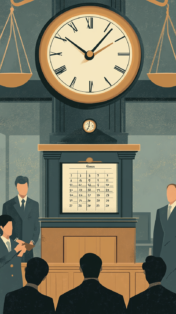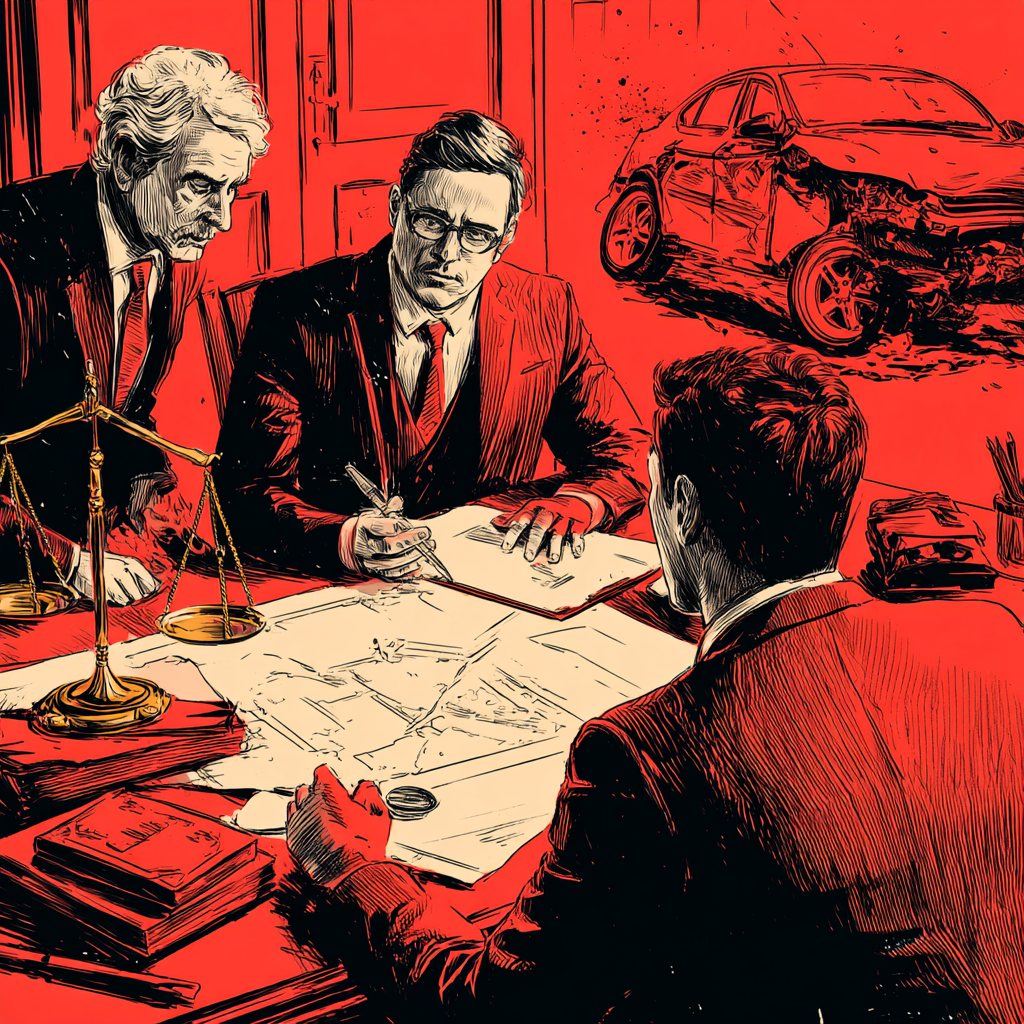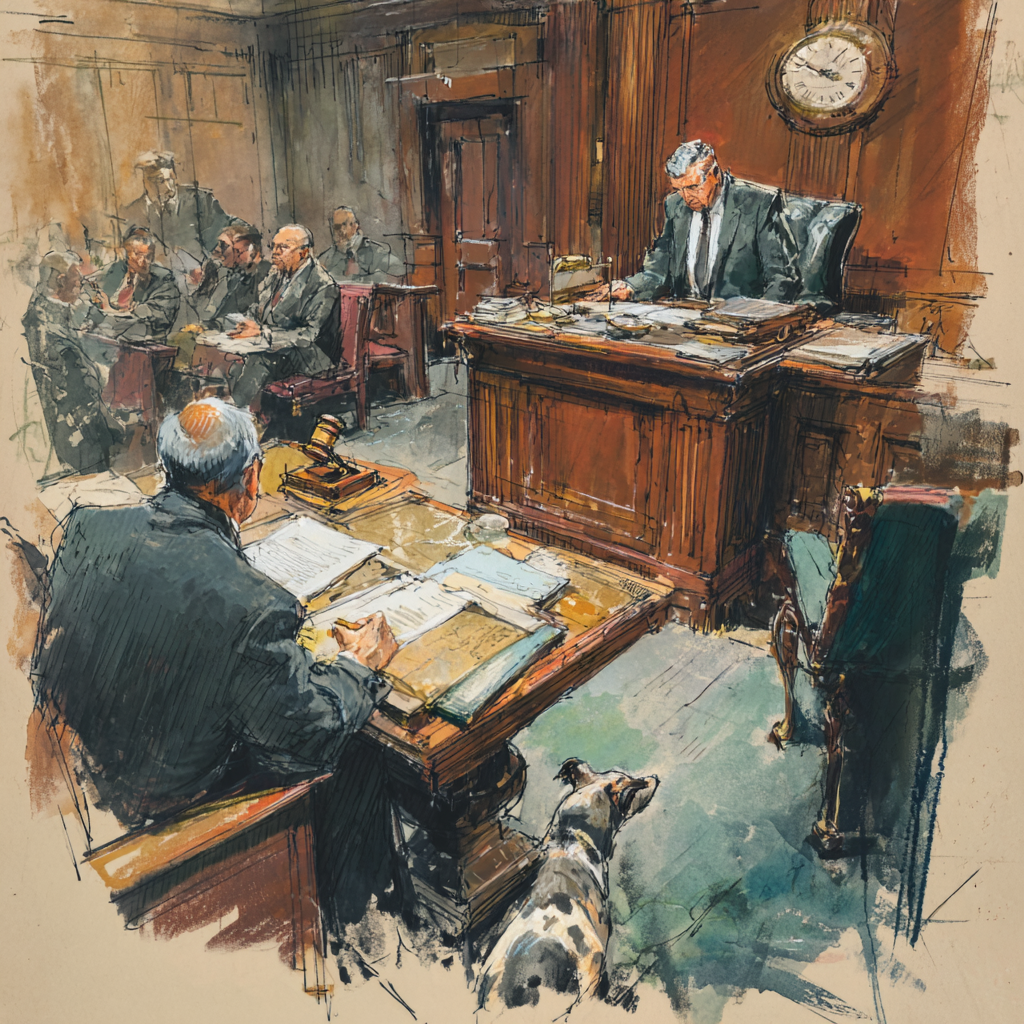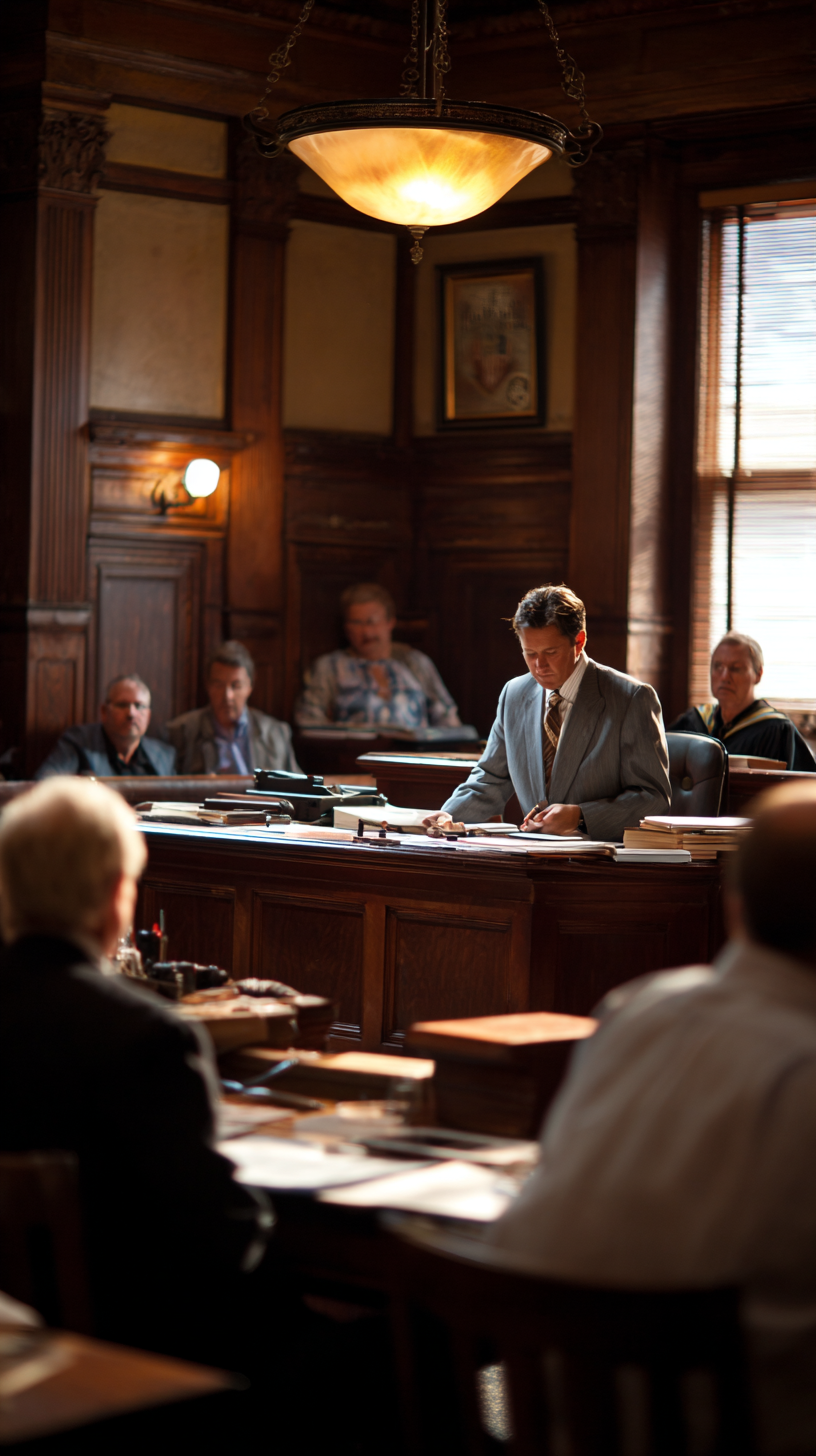 Continuing down the theme of rehashing old blog posts I am taking another look at Calderone v. Molloy Collage, CPLR 2004 and what this means for the average person. Link to original article here and below.
Continuing down the theme of rehashing old blog posts I am taking another look at Calderone v. Molloy Collage, CPLR 2004 and what this means for the average person. Link to original article here and below.
Timing is very important in legal cases. Even experienced personal injury lawyers can make mistakes with court schedules and filing deadlines.
The Calderone v. Molloy College cashttps://jtnylaw.com/practice-areas/personal-injury-laywer-near-me/e happened in 2017. It highlights the serious consequences of errors in legal processes. It also sets important rules about giving more time for opposition papers in court cases.
Background of the Case
On June 4, 2015, what should have been a standard legal procedure took an unexpected direction. The plaintiff submitted a signed agreement from the NCAA’s lawyer. This agreement asks to delay the return date and extend the deadline for opposition papers. The Supreme Court rejected this stipulation and marked the NCAA’s motion as fully submitted without opposition.
The plaintiff’s counsel responded by e-filing opposition papers that same day. On June 25, 2015, the court denied the plaintiff’s request to extend the submission time. The court said this was due to not following its scheduling rules.
Legal Analysis: The Role of CPLR 2004
CPLR 2004 is an important part of New York civil procedure law that gives courts the power to extend deadlines. These deadlines can be set by law, rule, or order. Such extensions require “good cause shown” and “just” terms.
Courts assess several factors when considering CPLR 2004 extension requests:
- The delay’s duration
- Potential prejudice to the opposing party
- The explanation for the delay
- The moving party’s status regarding default before requesting the extension
The evaluation criteria are based on key cases. One case is Tewari v Tsoutsouras (75 NY2d 1, 12). Another case is Matter of Village of Haverstraw v Ray Riv. Co. (137 AD3d 800, 801).
Court’s Ruling and Appeal
The Supreme Court took a strict stance. It denied the plaintiff’s motion and issued an order on June 26, 2015, due to default. However, the case took a different direction at the Second Department on appeal.
The appellate court overturned the Supreme Court’s decision after finding the plaintiff had established good cause for an extension. Their analysis considered:
- A brief, unintentional delay
- No prejudice to the NCAA
- The plaintiff’s presentation of potentially valid defenses
This ruling aligned with previous decisions in Nikita v Parfomak (43 AD3d 892, 893), Matter of Village of Haverstraw v Ray Riv. Co. (137 AD3d at 801-802), and related cases.
Implications for Practitioners
The Calderone case offers valuable lessons for legal professionals:
- Precision Requirements: The Second Department maintains strict standards for vacating defaults. Attorneys must provide detailed, legitimate explanations when requesting such relief.
- Swift Issue Resolution: Attorneys should quickly handle any filing problems. They can do this by keeping clear communication with the court and the other lawyer.
- Good Faith Value: The appellate court’s decision shows that honest efforts to follow court rules can succeed. This is true even after early problems.
- Balanced Judicial Authority: Courts must balance rule enforcement with justice, allowing flexibility when warranted by circumstances.
- Appeals Process Benefits: Appellate review helps align procedural decisions with broader justice goals.
This case resonates beyond New York’s borders, offering insights for attorneys nationwide about filing requirements and court communication. Its principles apply across various legal areas, including personal injury and employment discrimination cases, where meeting deadlines directly affects client rights.
For example, personal injury cases in Long Island and NYC often face tight schedules and full court calendars. Employment discrimination cases require careful attention to evidence preservation and statutory deadlines. The Calderone case principles about proactive communication and good-faith compliance efforts apply equally in these situations.
Conclusion
The Calderone case demonstrates how procedural requirements can significantly impact legal outcomes. It highlights the importance of following court rules. It also shows how CPLR 2004 lets you extend time with good reasons.
Legal professionals must prioritize detailed work, maintain open court communication, and present clear reasoning for extension requests. The successful appeal shows the value of persistence despite initial obstacles.
This case affirms that while procedures maintain judicial order, they shouldn’t prevent justice from prevailing.
Selecting Legal Representation
The Calderone case shows why selecting experienced legal counsel matters. Courts’ procedural requirements demand attorneys who understand both substantive law, statute of limitations, and procedural rules.
A qualified law firm brings comprehensive legal knowledge and practical experience with court procedures and deadlines whether it is in state court, federal court, or even the court of appeals. They can anticipate problems and protect client interests effectively.
As shown in Calderone, strong advocacy skills and appellate experience often determine whether cases proceed on their merits. For those facing personal injury or employment discrimination legal proceedings in Long Island and NYC’s legal environment, the Law Office of Jason Tenenbaum, P.C. offers the necessary expertise to protect client rights and pursue favorable outcomes.
Link to original article here.









